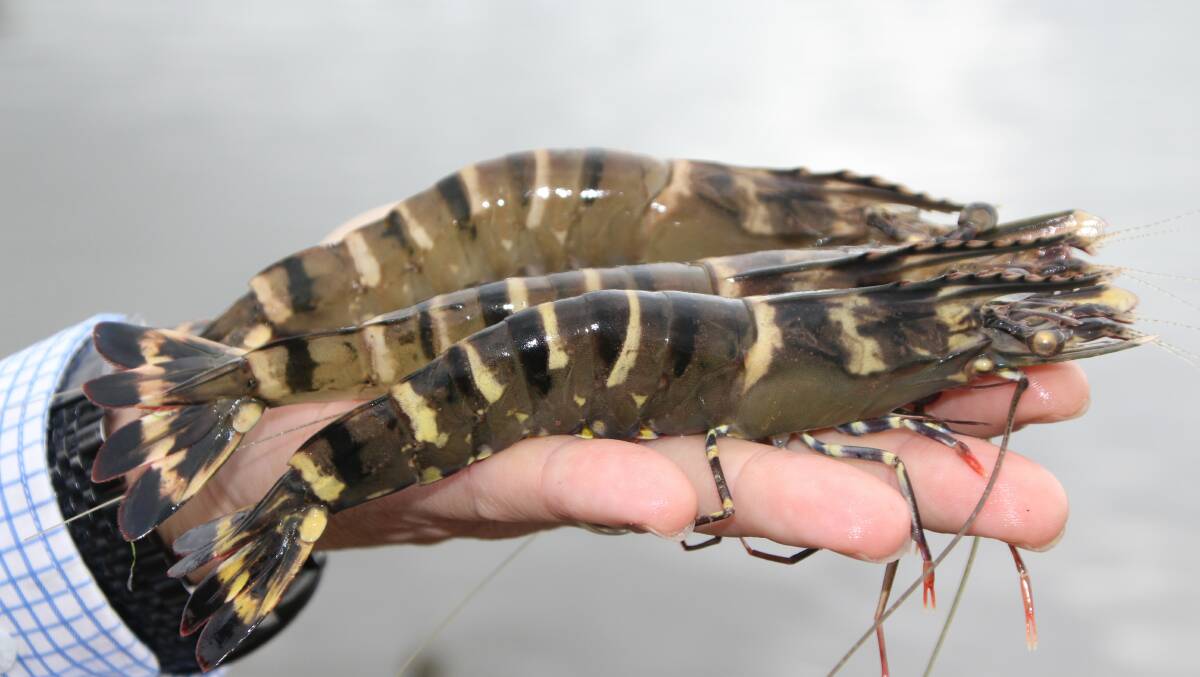
Farmed Black Tiger variety prawns on the Lower Clarence River have been found with the contagious viral infection White Spot - the first in NSW outside enclosed ponds. The disease was first discovered in Moreton bay, Queensland in 2016.
The highly contagious viral infection was brought to Australia from imported green Vannemei variety prawns grown in Asia and unintentionally used as bait by Brisbane fishers. The disease continues to affect the prawn farming industry with the only cure to kill everything in a growing pond with chlorine and seed a new crop.
There has been no evidence of White Spot in wild prawns sampled from estuarine and offshore waters nearby the facility.
NSW Chief Veterinary Officer, Sarah Britton, said the affected property followed biosecurity protocols and immediately reported their detection to the department.
This disease was first detected in NSW waters last August but was contained to an enclosed farm.
Preliminary genetic analysis on last year's outbreak, using whole genome sequencing, indicated that the White Spot detected in northern NSW is different to the White Spot detected in south east Queensland between 2016 and 2020, and is likely to be of separate origin.
"NSW DPI is working closely with commercial fishers, the bait industry and prawn farmers to manage the impact of this order while investigations are underway," Dr Britton said.
"NSW Government movement restrictions have been in place to limit the risk of white spot entering NSW since it was first detected in south-east Queensland in 2016."
"As a precaution, a short-term control order has been issued to restrict the movement of raw, uncooked green prawns from the Clarence Estuary," said Dr Britton.
Laboratory analyses has yet to confirm an origan of the Clarence River outbreak.
The prawn disease outbreak follows this week's news that Port Stephens oyster farmers have been devastated by recent mortality in their crops of Pacific variety, grown as a alternative to the QX disease-prone Sydney Rock variety.
Neither QX nor White Spot pose a threat to human health or food safety, only wasting the animals themselves with the disease.
- Subscribers have access to download our free app today from the App Store or Google Play

